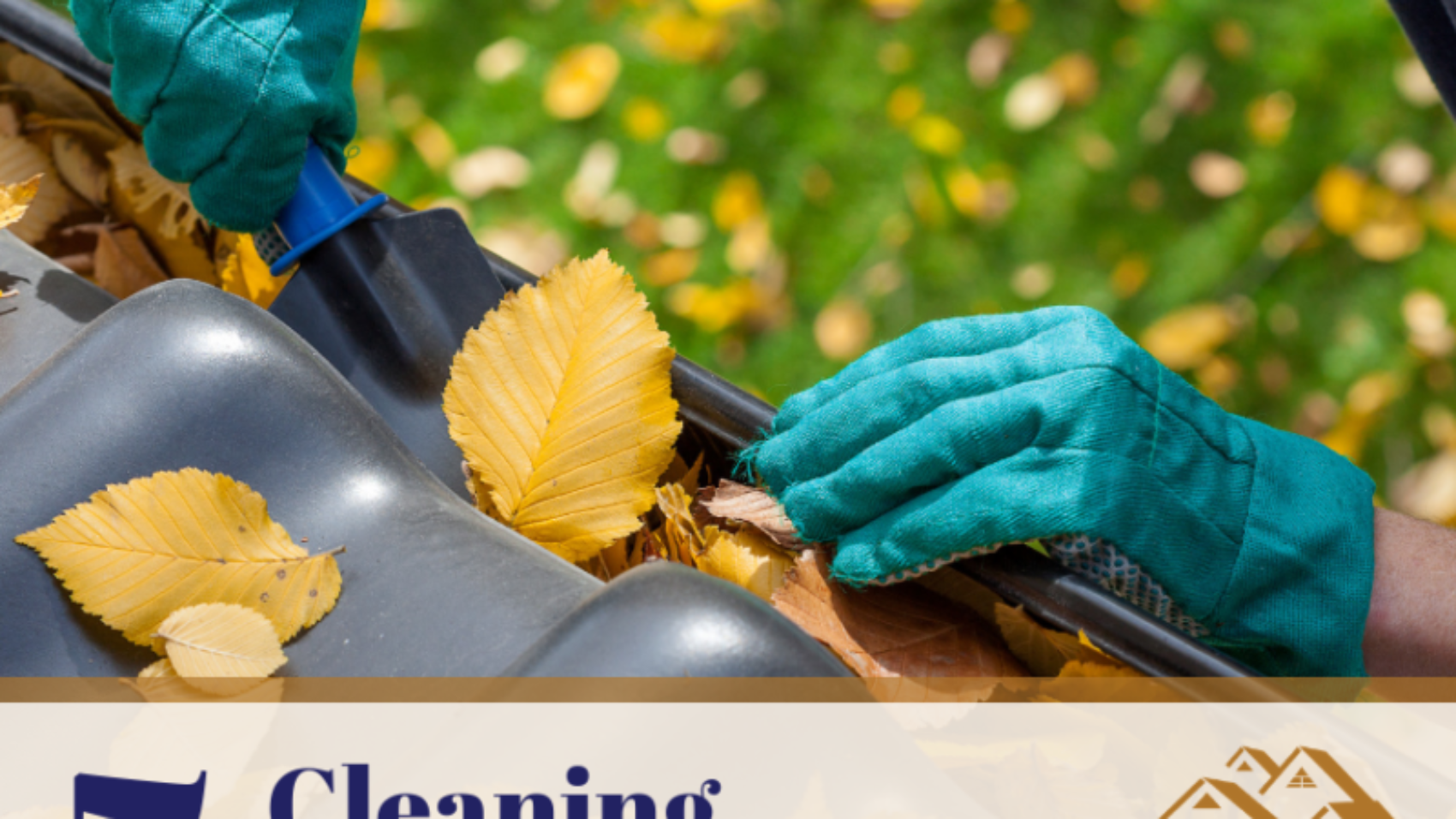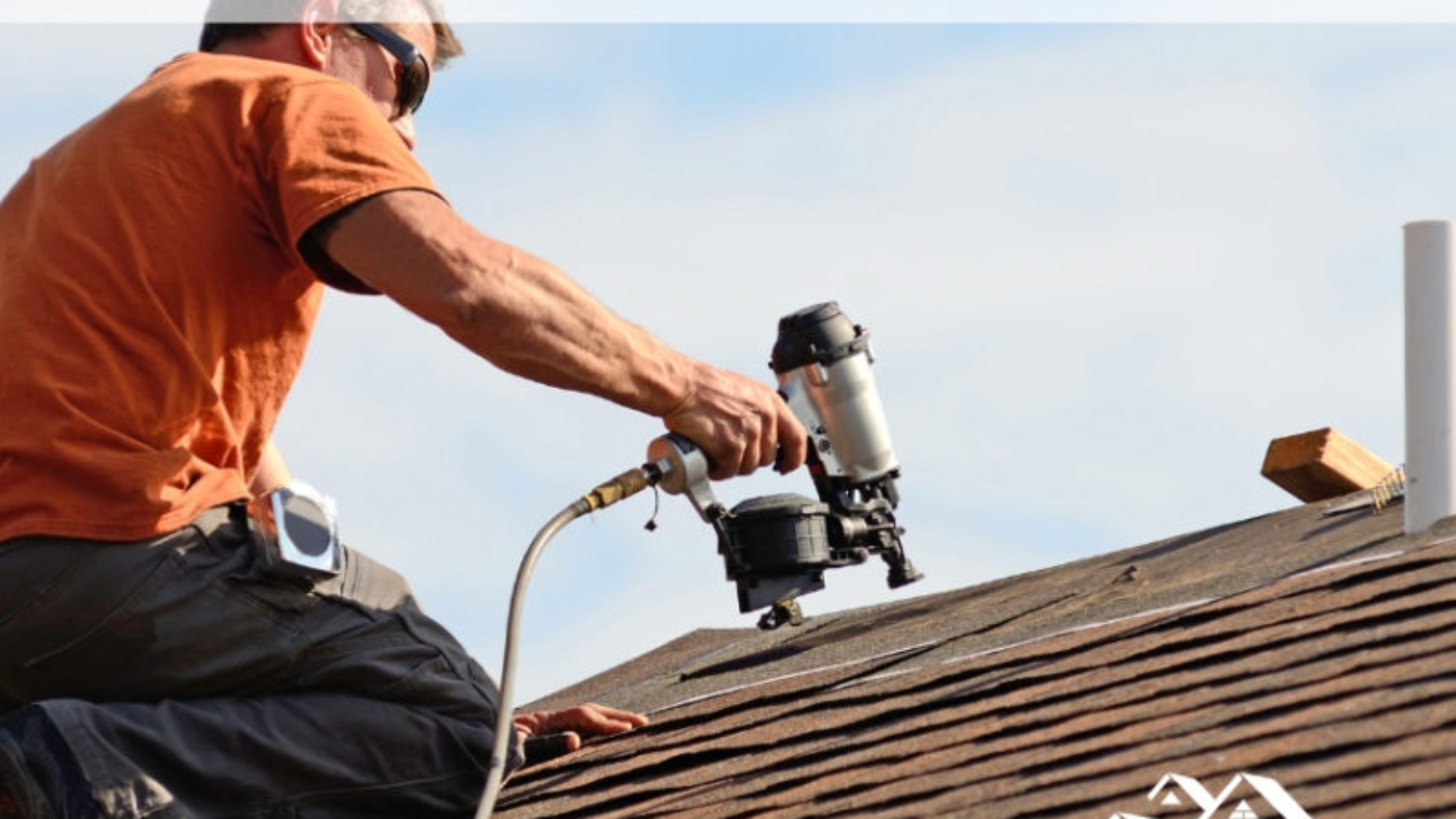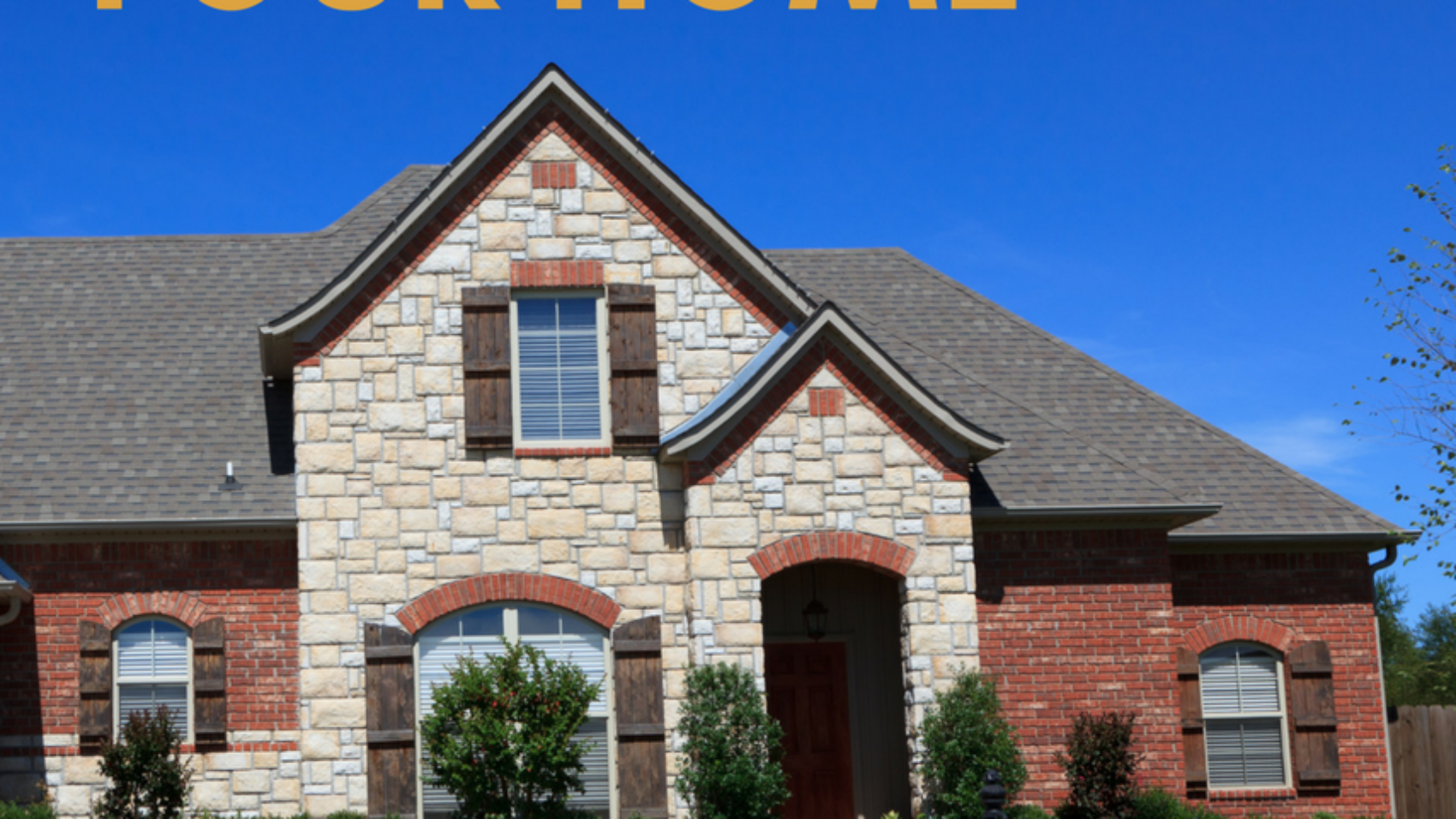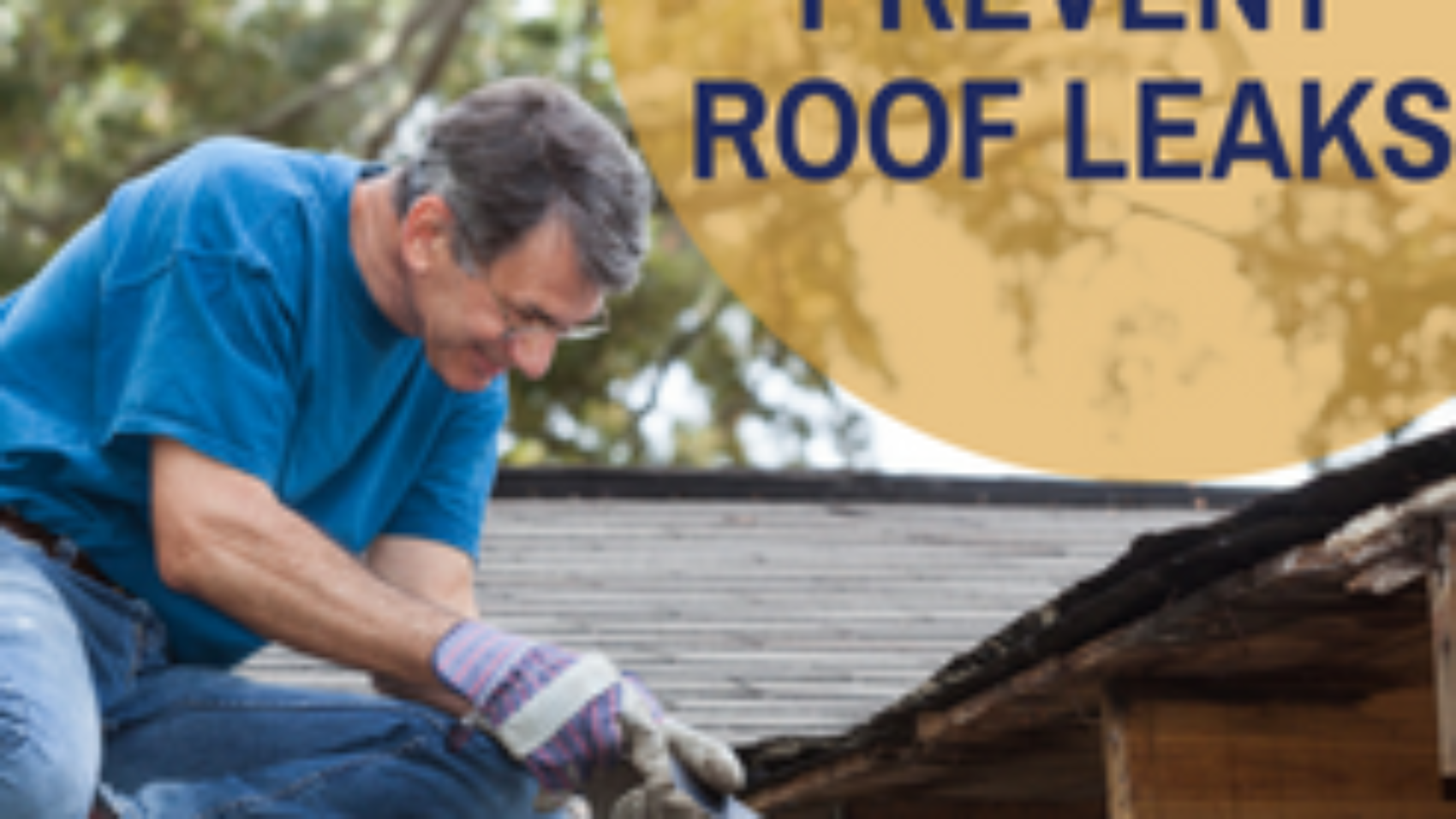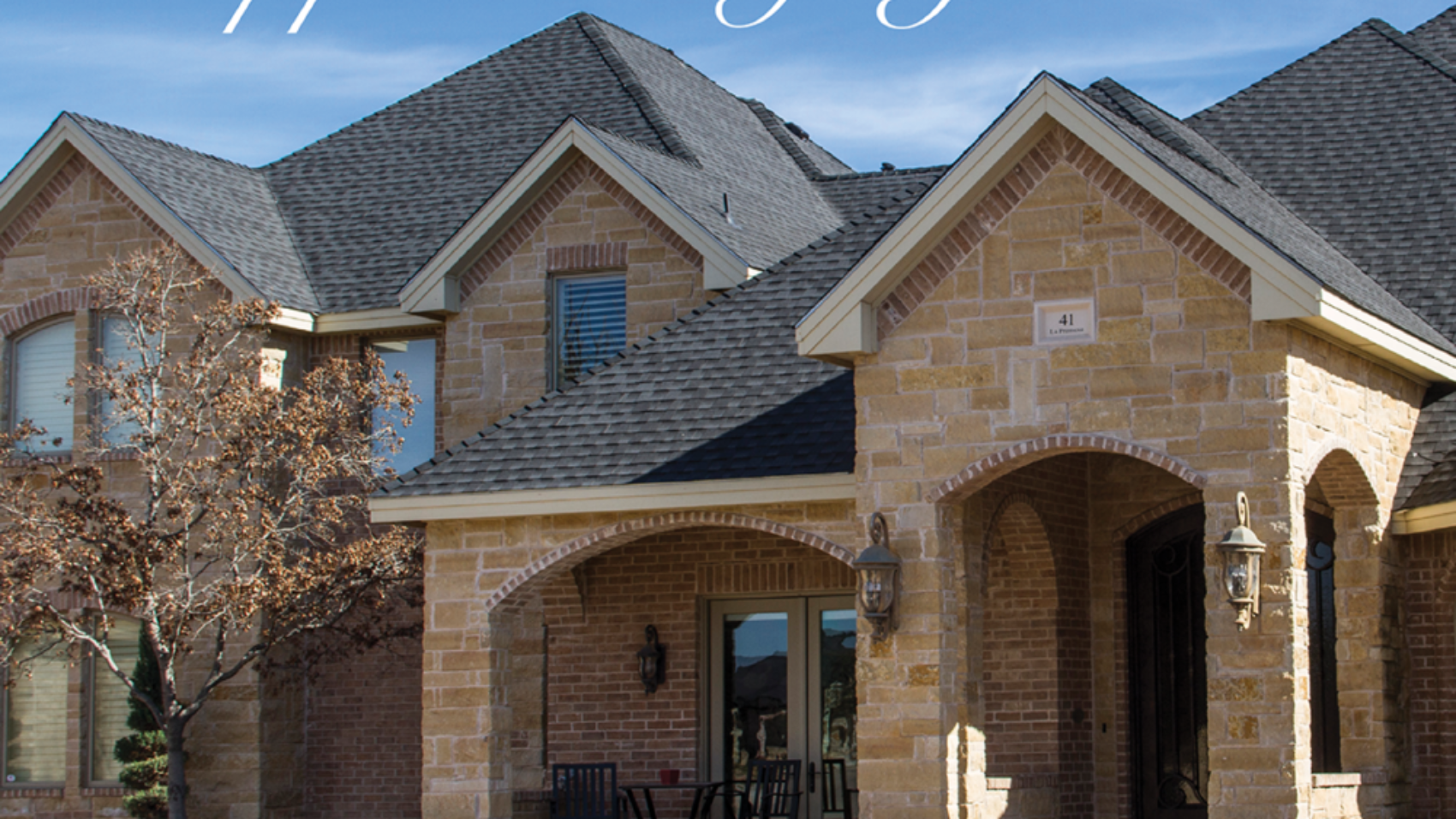Ah, fall. The days are getting shorter, the temperatures are starting to get a little cooler, and the leaves are starting to turn beautiful hues of orange, red, and gold.
Unfortunately, it won’t be long before those jewel-toned beauties fall from the trees and find their way into your gutter system. When that happens, your gutters and drains can get clogged and unable to redirect rainwater from your home’s structure, which can cause costly damage. The key to stopping this from happening is simple: just keep your gutters and drains clean in the fall.
At Chappell Roofing, we’re here to help!
Collect the Right Tools
Before getting started, make sure you have all the tools you need to do the job properly. That includes the following:
- Hand Rake
- Hose
- Ladder
- Bucket or recycled shopping bags
- Work gloves
- Safety glasses
- Rubber gloves
- Screwdriver
Remove Dead Leaves and Other Debris
Once you have your tools together, you can start near the downspouts. The first thing you do is put on your work gloves and safety glasses, and secure your ladder about a foot from the edge of the gutter. Then grab your hand rake and bags or bucket, and carefully climb the ladder high enough to see into the gutter.
Remove debris from the gutter and the area surrounding the downspout, and put it into the bucket or bag. Make sure it doesn’t fall into the downspout, which can create a blockage in the drainage system.
Once you complete the section of gutters within your reach, climb down the ladder and move it down a foot or two. Then continue until you’ve finished.
Clean the Outside of the Gutter
To get the outside of the gutter clean, wipe away any dirt you see. This will help keep your gutters from acquiring extra weight when wet.
Use the Hose
Your next, and hopefully last, step is to run the hose along the gutter system. This flushes out debris previously overlooked. Plus, it lets you know if your downspouts are clogged.
Unclog the Downspout
If spraying with a hose doesn’t clear the clog, you’ll need to take your downspout apart where it bends. Once you find the clog, switch out your work gloves for your rubber gloves and remove the clog with your hands. Then rinse out the spout with your hose before reassembling it.
Keeping your gutters and drains clean in the fall is an important part of protecting your home against damage.

